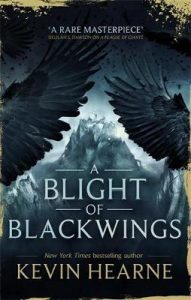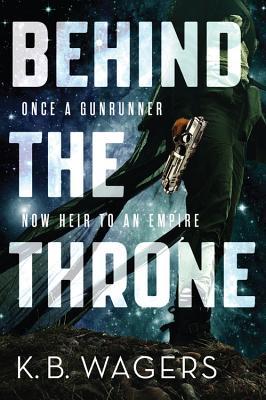 Behind the Throne (The Indranan War #1) by K.B. Wagers
Behind the Throne (The Indranan War #1) by K.B. Wagers Format: audiobook, ebook
Source: purchased from Amazon, purchased from Audible
Formats available: paperback, ebook, audiobook
Genres: science fiction, space opera
Series: Indranan War #1
Pages: 413
Published by Orbit on August 2, 2016
Purchasing Info: Author's Website, Publisher's Website, Amazon, Barnes & Noble, Kobo, Bookshop.org
Goodreads
Meet Hail: Captain. Gunrunner. Fugitive.
Quick, sarcastic, and lethal, Hailimi Bristol doesn't suffer fools gladly. She has made a name for herself in the galaxy for everything except what she was born to do: rule the Indranan Empire. That is, until two Trackers drag her back to her home planet to take her rightful place as the only remaining heir.
But trading her ship for a palace has more dangers than Hail could have anticipated. Caught in a web of plots and assassination attempts, Hail can't do the one thing she did twenty years ago: run away. She'll have to figure out who murdered her sisters if she wants to survive.
A gun smuggler inherits the throne in this Star Wars-style science fiction adventure from debut author K. B. Wagers. Full of action-packed space opera exploits and courtly conspiracy - not to mention an all-out galactic war - Behind the Throne will please fans of James S. A Corey, Becky Chambers and Lois McMaster Bujold, or anyone who wonders what would happen if a rogue like Han Solo were handed the keys to an empire . . .
My Review:
The blurb talks about Star Wars, implies that Hail Bristol is someone like Han Solo who has just found themselves at the head of an empire. But that isn’t strictly true and sets up a whole lot of assumptions about who Hail Bristol is and what she might do as empress. It also sets up some false expectation of just how much running and gunning there will be in this space opera.
But that reference to Lois McMaster Bujold hits the nail a LOT closer to the head, particularly as regards Bujold’s definition of science fiction as the “romance of political agency” because this first book in the Indranan War trilogy is ALL up in the politics of the Indranan Empire in a very big way.
Even if it’s the absolute last place that Hail Bristol EVER wanted to be again.
If this series, at least as far as this book goes, has a Star Wars analogy in it, the resemblance sits much more firmly on Princess Leia’s braided crown. If Leia ran away from her responsibilities as Princess, Senator and leader of the Rebel Alliance to take up with Han Solo and live the life he’s been leading as a mercenary and gunrunner for twenty years, the person she’d be at the end of those decades would be someone like Hail.
Because, as Hail discovers the deeper she gets stuck back into Imperial politics, you can take the girl out of the palace intrigue but you can’t take the talent for palace intrigue out of the girl, not even after twenty years of becoming the woman she has become, a gunrunner, a mercenary, and most definitely when the job calls for it, a killer.
And that’s just who and what the Indranan Empire needs when Hail is dragged back to the palace to take up her rightful but resented place as Princess Hailimi Mercedes Jaya Bristol, the last remaining heir of the Empress of Indrana.
Hail’s sisters and her niece are all dead. “Gone to temple” as they say in Indrana. Her mother is dying, poisoned by a slow-acting drug that is about to reach its endpoint – and hers.. It’s going to be up to Hail to find out who eliminated her family – and who is now gunning (and knifing, and bombing) for her.
It’s going to take a killer to catch all the killers – before it’s too late. For Hail – and for Indrana.
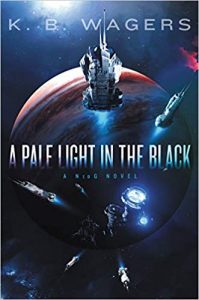 Escape Rating A++: I picked up Behind the Throne because I absolutely adored the author’s A Pale Light in the Black, which is also space opera and also the first book in its series. I loved the writing, the world building, and the way that the characters are drawn, and I just wanted more and wanted a story that I would be sucked right into and wouldn’t want to leave. I started this in audio and fell in love with it, but audio was just not going fast enough so I switched to the ebook fairly early on. I did listen long enough that every time Hail says “Bugger me,” which she does often, with good reason and plenty of emphasis, I hear the voice of the audiobook narrator – who was excellent.
Escape Rating A++: I picked up Behind the Throne because I absolutely adored the author’s A Pale Light in the Black, which is also space opera and also the first book in its series. I loved the writing, the world building, and the way that the characters are drawn, and I just wanted more and wanted a story that I would be sucked right into and wouldn’t want to leave. I started this in audio and fell in love with it, but audio was just not going fast enough so I switched to the ebook fairly early on. I did listen long enough that every time Hail says “Bugger me,” which she does often, with good reason and plenty of emphasis, I hear the voice of the audiobook narrator – who was excellent.
This story isn’t the action-oriented adventure that the blurb makes it out to be. It was published in 2016, so that is certainly known and I wasn’t expecting it to be. I was expecting it to be like A Pale Light in the Black, and it definitely is that.
The characters are well-drawn. They feel like real people – admittedly real people in a very unreal situation. Hail has made a life for herself, a life that she’s good at. She doesn’t want to go back for reasons that become obvious early on and are not the result of the current crisis. She didn’t want the life that she’d have been required to lead if she stayed – so she went. Coming back to pick up the pieces of that life is hard and painful and makes her do and think and feel realistic things. She feels inadequate, she feels guilty, she sees herself stepping back into old patterns, she’s lost, she’s confused – and she’s driven. All at the same time.
This is also a story about trust. Trust in yourself, and trust in others. Hail returns to the palace knowing that the only people she trusts are either missing or dead. And that the life she thought she’d built for herself was based on not just one lie, but on a whole damn pack of lies, so she’s lost trust in herself as well.
But she has to find people she can trust, if not absolutely then at least trust enough, to help her wade through the morass and save herself and her empire. And that exercise, of figuring out who is on which side and why and how and whether it’s enough, is a big part of this story.
Because, just like the protagonist of A Pale Light in the Black, Hail is building a team that will see her through. If she trusts them enough. If they trust her enough. And if they are all absolutely excellent at their very difficult jobs.
In the end, in spite of how different their origin stories are, the character that Hail reminds me of the most is Emperox Grayland II in The Collapsing Empire and the rest of Scalzi’s Interdependency series. Although the crises they face are very different, Grayland and Hail come at them from the same direction. They are both outsiders to their respective Imperial systems and Imperial politics, stuck in positions they didn’t want but must defend at every single turn.
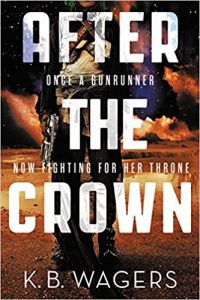 Even though they are both extremely unconventional for the positions they hold, their very unconventionality makes them not just the only people by inheritance for those positions at the time they are forced to take them, but the only people by talent, skill and capacity to pull the nuts of their respective empires out of the fires that they have inherited along with their thrones.
Even though they are both extremely unconventional for the positions they hold, their very unconventionality makes them not just the only people by inheritance for those positions at the time they are forced to take them, but the only people by talent, skill and capacity to pull the nuts of their respective empires out of the fires that they have inherited along with their thrones.
So if space opera is your jam, or if you love stories with terrific SFnal worldbuilding and absolute craptons of political skullduggery, Behind the Throne is a winner on every level along with its gunrunner empress Hail Bristol.
I’m already buckled up for Hail’s next adventure/imperial catastrophe in After the Crown, because this ride isn’t over yet and that is the most excellent thing ever!

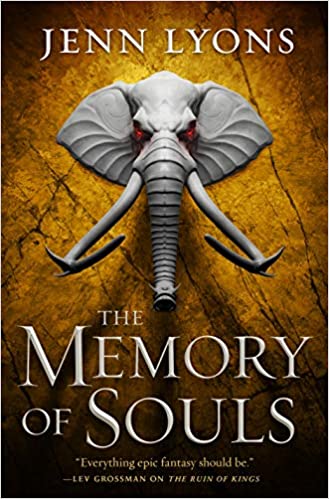 The Memory of Souls (A Chorus of Dragons, #3) by
The Memory of Souls (A Chorus of Dragons, #3) by 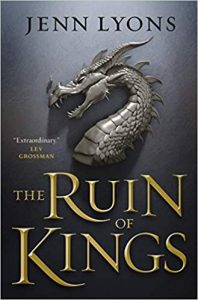 The Ruin of Kings
The Ruin of Kings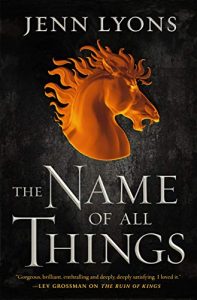 Escape Rating A++: Last year’s entry in this series,
Escape Rating A++: Last year’s entry in this series, 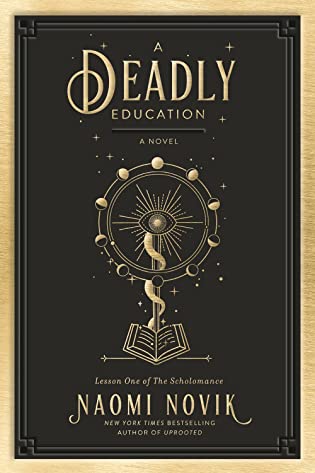 A Deadly Education (Scholomance, #1) by
A Deadly Education (Scholomance, #1) by 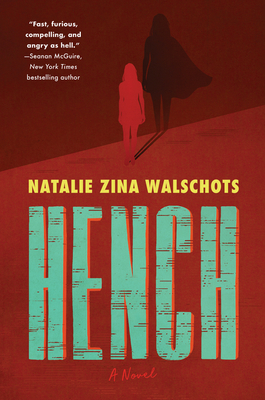 Hench by
Hench by 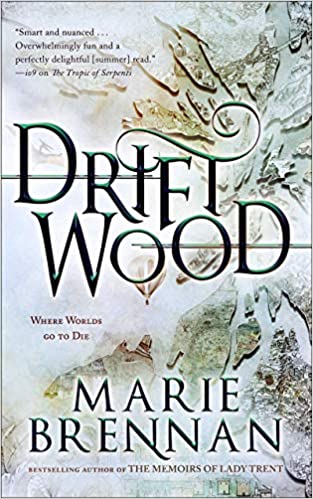 Driftwood by
Driftwood by 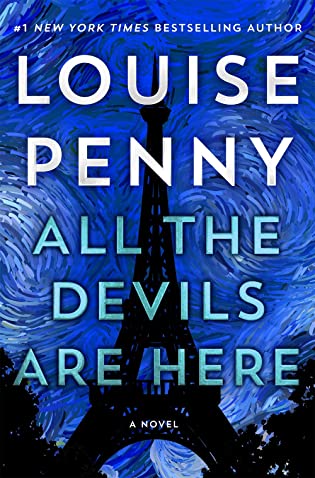 All the Devils Are Here (Chief Inspector Armand Gamache, #16) by
All the Devils Are Here (Chief Inspector Armand Gamache, #16) by 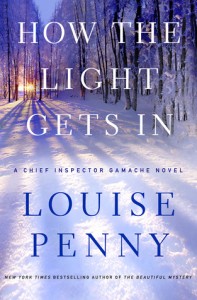 I finished this Saturday – actually I started on Saturday and finished on Saturday, hours later – and I’m still all book hungover on Sunday. I think that’s partially because I’ve been following these people since that wonderful, long ago first book,
I finished this Saturday – actually I started on Saturday and finished on Saturday, hours later – and I’m still all book hungover on Sunday. I think that’s partially because I’ve been following these people since that wonderful, long ago first book, 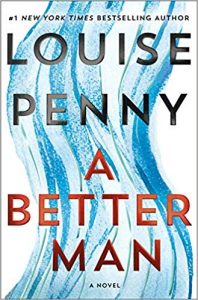 Escape Rating A++: This is one of those reviews where I just want to squee all over the page. Which might adequately express that I LOVED THIS BOOK VERY MUCH, but isn’t exactly informative as to why you should love this series and this book too.
Escape Rating A++: This is one of those reviews where I just want to squee all over the page. Which might adequately express that I LOVED THIS BOOK VERY MUCH, but isn’t exactly informative as to why you should love this series and this book too. At each turn, we think we know. They think they know. But at the last we all discover that we really knew very little of what we thought we did. And that’s what kept me furiously turning pages until the very end.
At each turn, we think we know. They think they know. But at the last we all discover that we really knew very little of what we thought we did. And that’s what kept me furiously turning pages until the very end.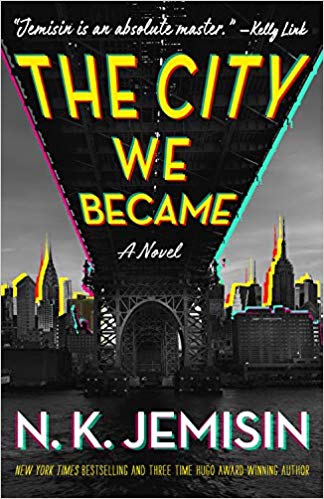 The City We Became (Great Cities #1) by
The City We Became (Great Cities #1) by 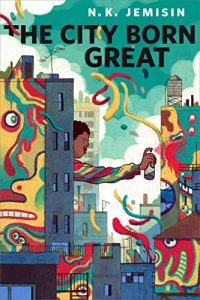 Four years ago, N.K.Jemisin published what was then a standalone short story,
Four years ago, N.K.Jemisin published what was then a standalone short story, 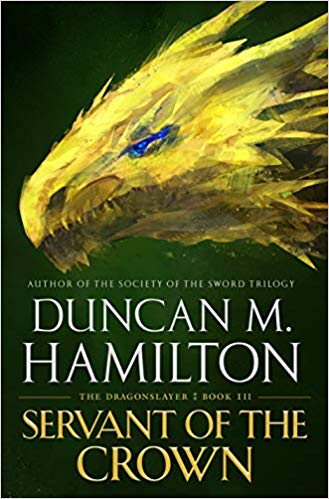 Servant of the Crown by
Servant of the Crown by 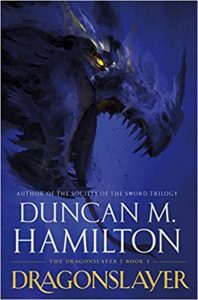 First things first. I just want to say what a treat it was to start a series, fall in love with it, and be able to just read – or be read to – all the way through to the end without having to wait months if not years for the later books in a series. I don’t always have that opportunity, either because I fall in love with the first book long before the others are out, or because I run into the “so many books, so little time” conundrum and have to space things out because of other reading commitments. Because I waited to start the first book (
First things first. I just want to say what a treat it was to start a series, fall in love with it, and be able to just read – or be read to – all the way through to the end without having to wait months if not years for the later books in a series. I don’t always have that opportunity, either because I fall in love with the first book long before the others are out, or because I run into the “so many books, so little time” conundrum and have to space things out because of other reading commitments. Because I waited to start the first book (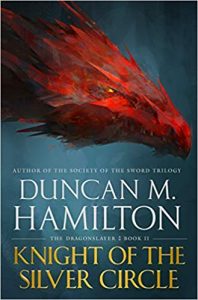 Soléne is that young hero. Gill’s the one out in front to collect all the glory and fight all the battles, or so it seems. But she’s every bit the hero that he is, just from behind the scenes. Her power is huge, but it is also quiet. She’s the mage who operates in the shadows, not because she’s the woman inspiring the hero, but because the power she wields works best from the dark – and the quiet. He knows that she brought him the victory, and he knows that the best thing he can do for her is to acknowledge that privately and not publicly. Not that the Crown won’t give her its own semi-public acknowledgements. Maybe. If they succeed.
Soléne is that young hero. Gill’s the one out in front to collect all the glory and fight all the battles, or so it seems. But she’s every bit the hero that he is, just from behind the scenes. Her power is huge, but it is also quiet. She’s the mage who operates in the shadows, not because she’s the woman inspiring the hero, but because the power she wields works best from the dark – and the quiet. He knows that she brought him the victory, and he knows that the best thing he can do for her is to acknowledge that privately and not publicly. Not that the Crown won’t give her its own semi-public acknowledgements. Maybe. If they succeed.
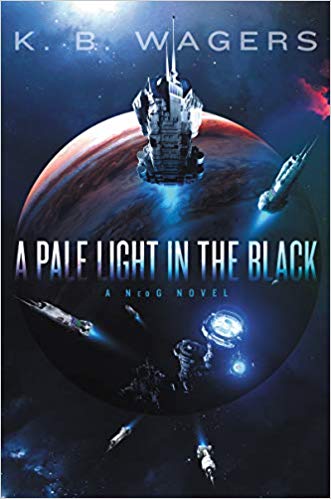 A Pale Light in the Black (NeoG #1) by
A Pale Light in the Black (NeoG #1) by 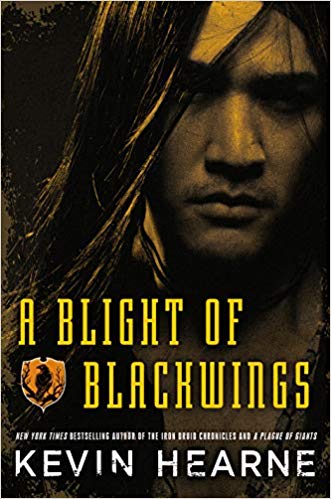 A Blight of Blackwings (Seven Kennings, #2) by
A Blight of Blackwings (Seven Kennings, #2) by 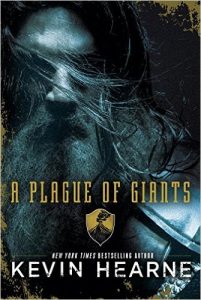 Just as in the first book in the series, the extremely awesome and utterly marvelous
Just as in the first book in the series, the extremely awesome and utterly marvelous 